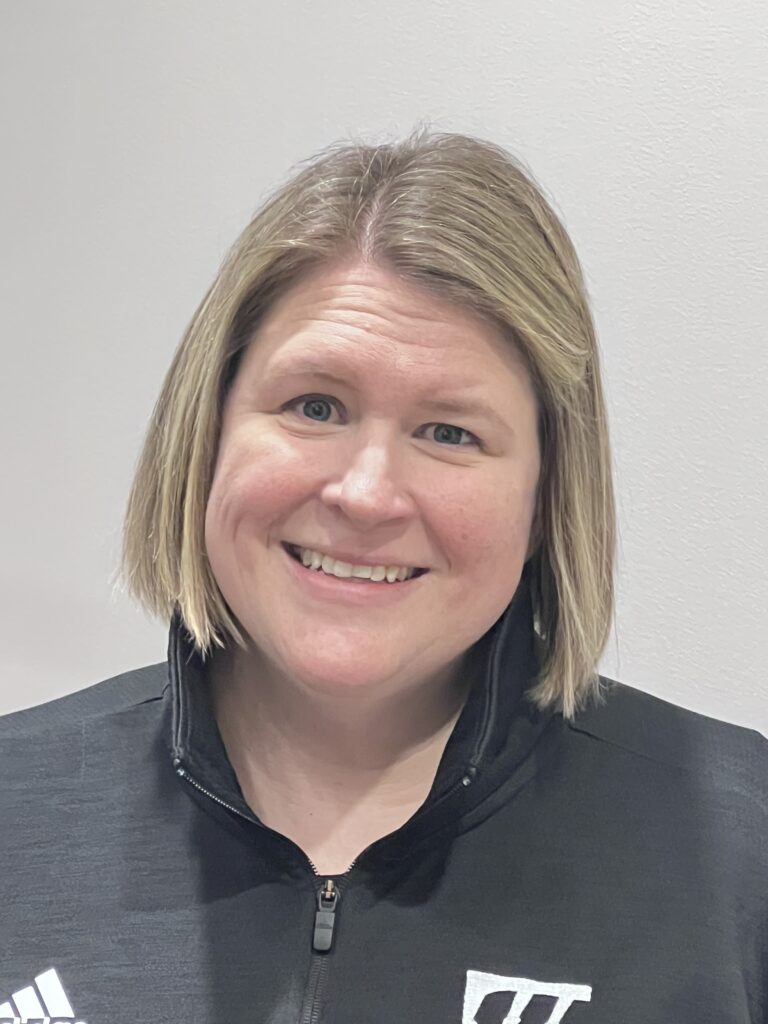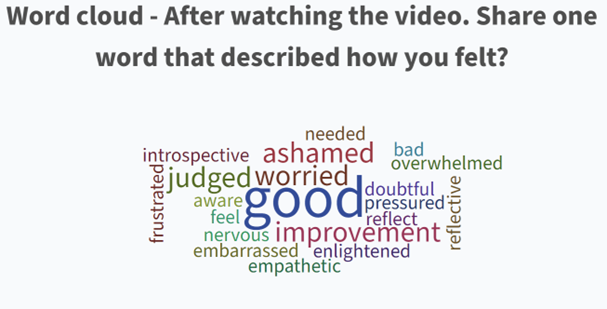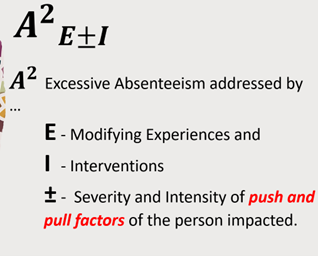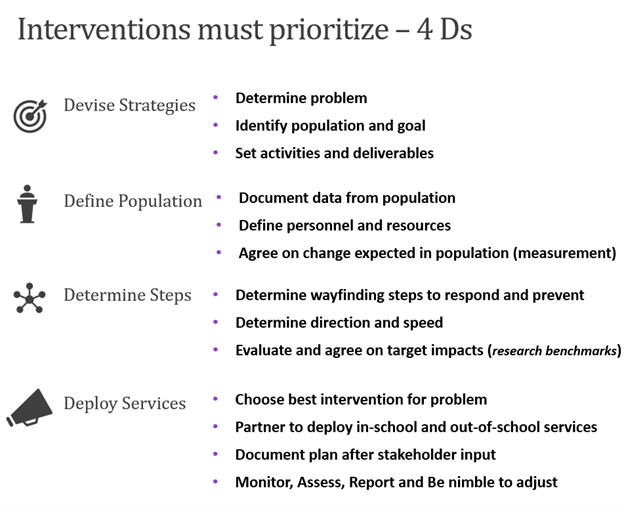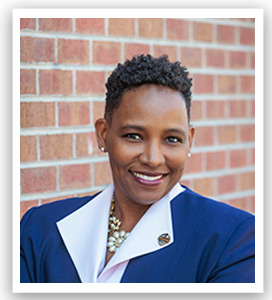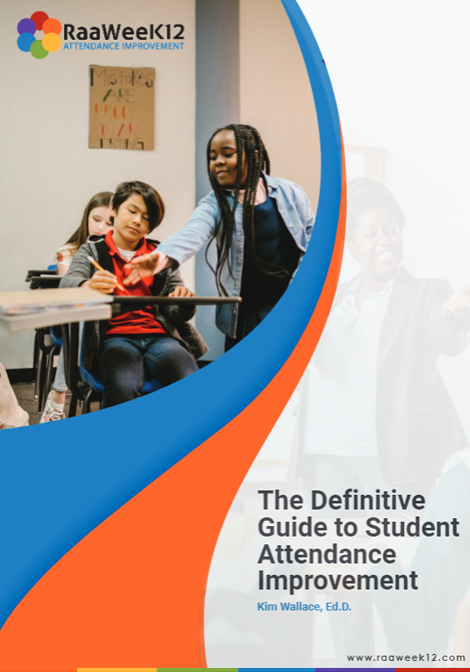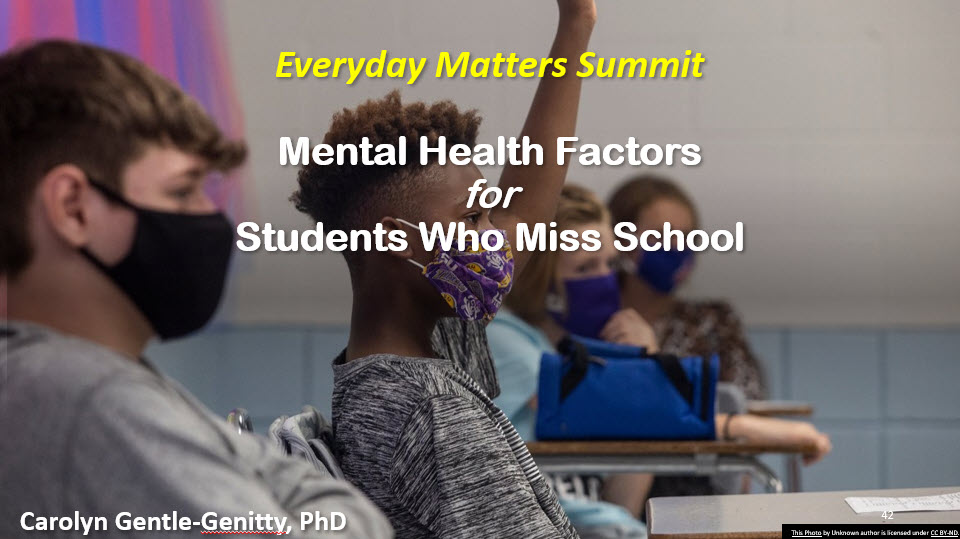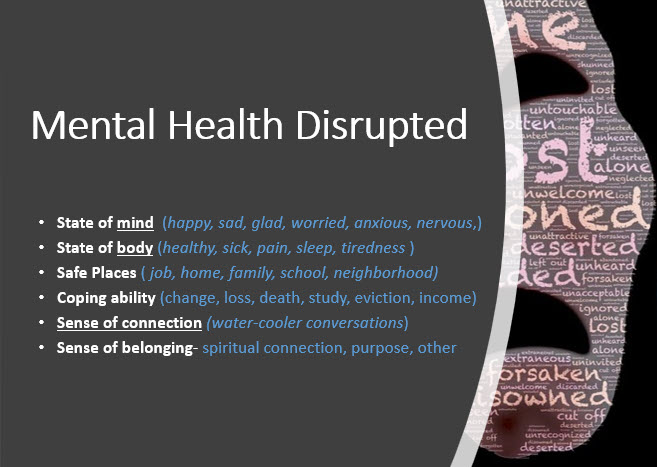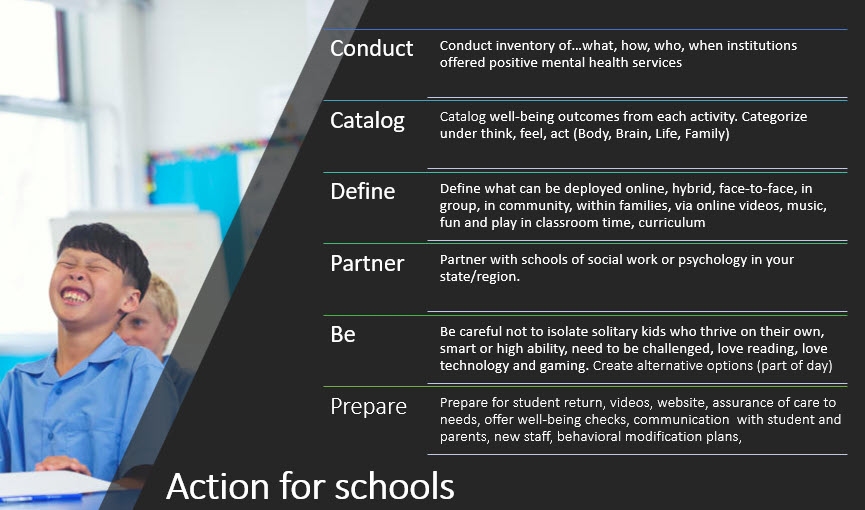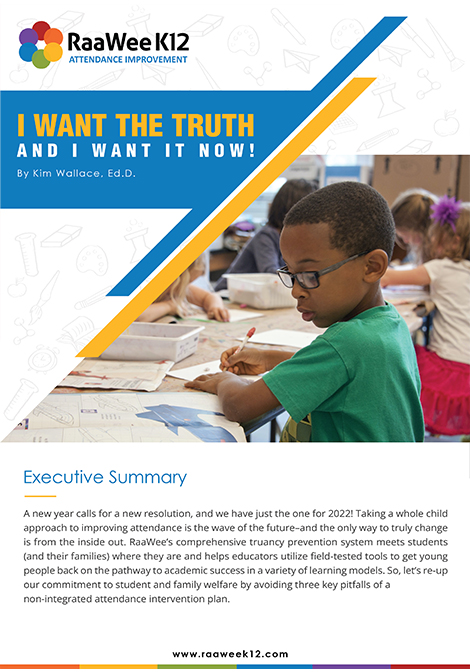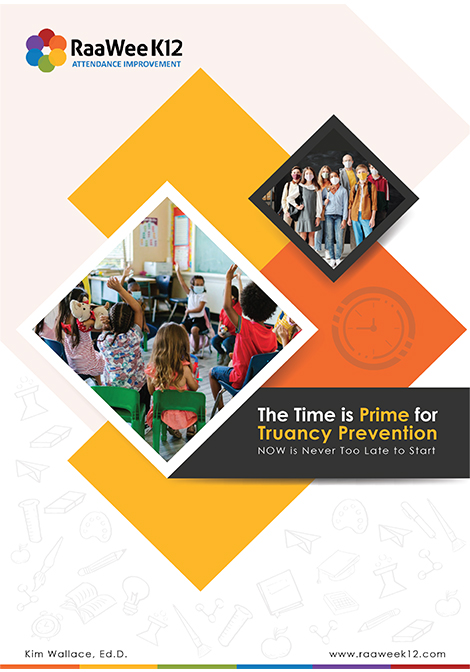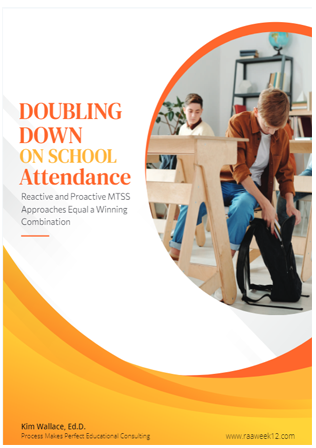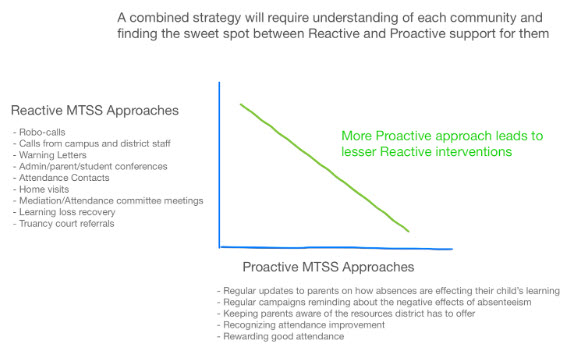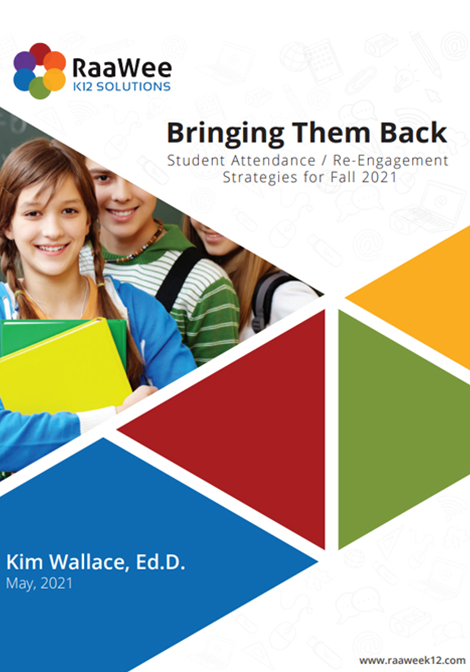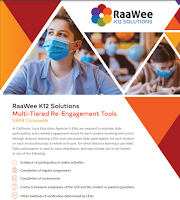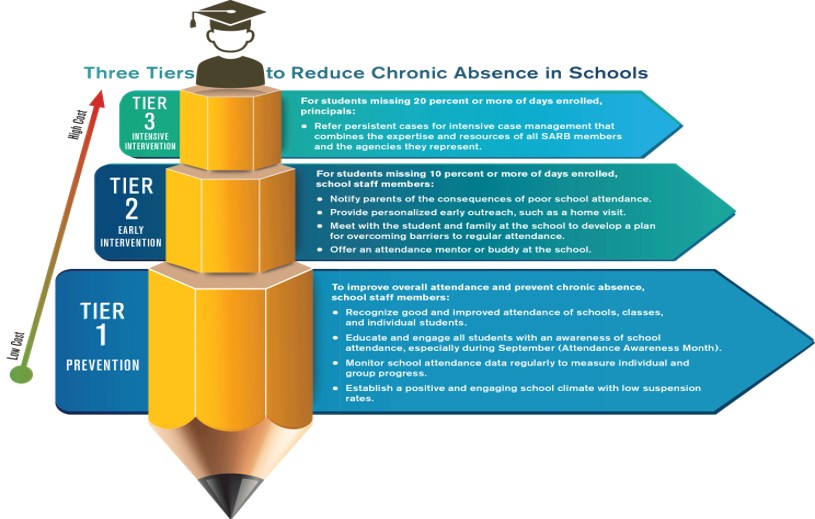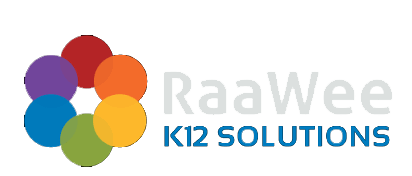Powerful Attendance Improvement
Allison Woods, Assistant Superintendent of Warren Township, shared the district’s attendance efforts. With 11,500 students, including 16% with disabilities and 17% multilingual learners, proactive tracking and engagement reduced chronic absenteeism by 15%. Partnering with RaaWee K12 Attendance+ improved attendance by 8%+ in a year, supported by tiered interventions and family outreach.
The Importance of Student Attendance for Academic Success
Schools increasingly recognize student attendance as vital for academic success. This case study explores MSD Warren’s initiative to improve attendance rates by addressing barriers and fostering accountability. Through strategic communication and targeted interventions, MSD Warren Township has achieved significant improvements.
Background: Challenges in Attendance Rates
Initially, MSD Warren faced attendance rates around 85.11% during the 2021-2022 school year. As a result, different strategies produced uneven results. To address this, the district launched a plan to improve communication, accountability, and student engagement.
Key Strategies for Improving Student Attendance
- Cultural Shift in Attendance Perception: The initiative started with changing how attendance was viewed. It stressed the importance of being present for both success and well-being through discussions with families and students.
- Systematic Attendance Plan: Additionally, a clear plan outlined communication methods, competitions, and recognition for good attendance, promoting responsibility.
- Proactive Communication: Family engagement liaisons also called families of chronically absent students to build support early on.
- Tiered Intervention Model: The district implemented a model that addressed attendance issues at three levels, ensuring responses matched the severity of the problem.
Results: Significant Improvements in Attendance Rates
By the end of the 2022-2023 school year, attendance rates improved to about 94%. This change reflects effective strategies and a united effort from the school community.
Conclusion: Lessons Learned for Enhancing Student Attendance
In conclusion, MSD Warren’s approach serves as a helpful example for other schools. By addressing barriers and encouraging accountability, the district raised attendance rates and improved student outcomes. This shows the value of teamwork and proactive actions in making meaningful changes.
About the Presenter
Allison Woods, Asst Superintendent for Exceptional Learners and Whole Child at MSD Warren Township
Allison Woods is an accomplished educator and administrator at MSD Warren Township, dedicated to fostering a positive learning environment and enhancing student achievement. With a strong educational background, she implements innovative teaching strategies and supports teachers in their development. Her commitment to student success is evident through her collaboration with families, staff, and community partners, creating a supportive atmosphere that empowers students.
Allison has been involved in initiatives aimed at improving educational outcomes and promoting equity within the district. Her leadership and dedication have made a significant impact on the MSD Warren Township community, inspiring both students and educators.


